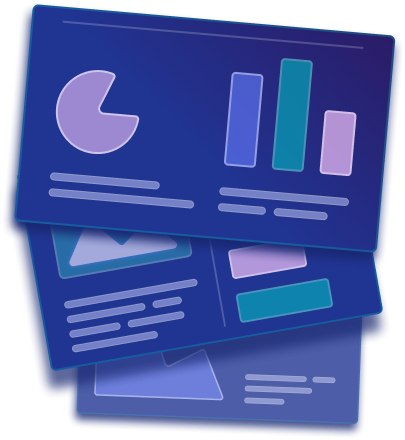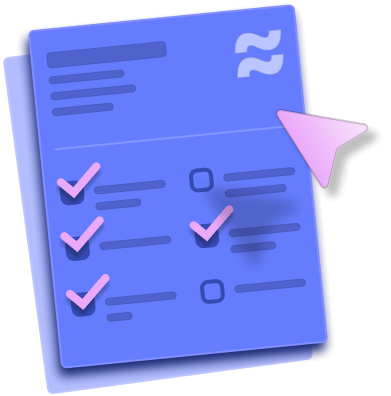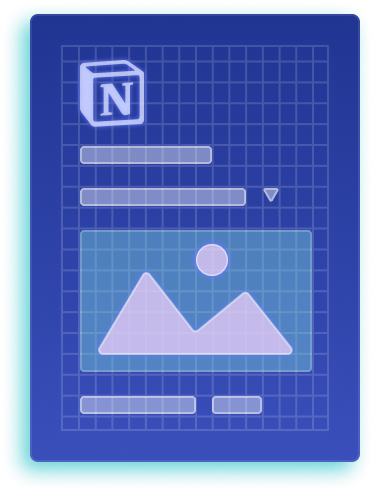Webflow Google Analytics Integration
Google Analytics can help you measure and analyze traffic on your site. Learn how to connect it to your Webflow project.

.svg)

.svg)


.svg)
About Google Analytics
Google Analytics is a web analytics service offered by Google that provides website and app owners with valuable insights into their online properties' performance. It allows users to track and analyze user behavior and engagement, helping businesses and website administrators make data-driven decisions.
You should know that it’s difficult to use if you have no prior knowledge or experience with similar tools.
If you’re new to GA4, keep reading to learn how to connect it with Webflow.
Why Connect Webflow and Google Analytics
Connecting Google Analytics with a Webflow website can provide several benefits and insights for website owners and administrators:
- User behavior tracking — Closely monitor how visitors engage with your web content, including the number of page views and where your audience comes from.
- Audience demographics — Understand your website's visitors better with insights into their geographic location, devices they use, and the browsers they prefer, helping you tailor your content to their needs.
- Goal achievement — Track specific actions like form submissions and downloads, helping you improve your website's performance and visitor engagement.
- Traffic origins — Identify your website traffic sources, whether it's search engines, social media, referrals, or direct visits.
- Content assessment — Evaluate how well your web pages and posts perform, discovering your most popular content and how long visitors stay on each page, allowing you to create more engaging material.
- Real-time monitoring — Keep a close eye on your website's real-time activity to measure the immediate impact of your marketing campaigns or promotions.
- Custom reports — Craft personalized reports and dashboards focusing on the metrics and key performance indicators (KPIs) that matter most to your website's objectives.
- Integration with other tools — Seamlessly integrate Google Analytics with other Google services, such as Google Ads and Google Search Console, to access a comprehensive overview of your online activities and advertising efforts.
{{cta}}
Common Challenges When Integrating Google Analytics and Webflow
Integrating Google Analytics with Webflow is a straightforward process, but there are some common challenges that users might encounter:
- Code implementation — Adding the Google Analytics tracking code to a Webflow site can be challenging for users unfamiliar with web development. Errors in code implementation can lead to inaccurate data tracking.
- Real-time data delay — Google Analytics might not provide real-time data immediately after integration. It can take a few hours for data to start populating, which can be frustrating for those looking for instant insights.
- Cross-domain tracking — Ensuring accurate cross-domain tracking can be complex if you have multiple domains or subdomains. It requires proper configuration to track user behavior across all your web properties accurately.
- Data privacy compliance — With increasing data privacy regulations, it's important to ensure that your Google Analytics setup complies with regulations like GDPR or CCPA. Failure to do so can result in legal issues.
- E-commerce tracking — Implementing e-commerce tracking for online stores in Webflow can be challenging, as it requires additional configuration to monitor revenue, transactions, and product performance accurately.
- Custom event tracking — Setting up custom events, such as tracking clicks on specific elements or user interactions, can be complex for users unfamiliar with Google Analytics event tracking.
- Data sampling — In cases of high-traffic websites, Google Analytics might use data sampling for some reports. This can lead to less accurate insights, as not all data is considered.
- Ongoing maintenance — To ensure the accuracy of your analytics data, ongoing maintenance is necessary. This includes checking for broken tracking codes, keeping up with changes in Webflow, and verifying tracking goals and events.
- Limited customization — While Google Analytics is versatile, there might be limitations in terms of customizing reports and dashboards, which can be a challenge for those seeking very specific metrics.
How to Connect Google Analytics and Webflow
There are several ways to connect Google Analytics with your Webflow site. The most straightforward one is to follow the instructions outlined in this blog post.
Simplified, this process looks something like this:
- Step 1: Open a Google Analytics account
- Step 2: Create a GA4 property.
- Step 3: Add your GA4 property to your Webflow site.
- Step 4: Publish your Webflow site
Webflow Requirements
Since Google Analytics requires entering a custom code via Webflow, it means you’ll have to purchase some of the paid plans.
{{cta}}





The 2025 Playbook for Website Customer Acquisition
.png)

.png)

in mind?
Talk with our team and learn how your ideas can become digital experiences.
Your go-to Webflow
resources library
Webflow projects where we made Google Analytics integration
Explore the projects where we added GA4 tracking.
Check Other Webflow integrations
Check other relevant integrations
We get asked these questions often
Can you connect Google Analytics with Webflow?
Yes, you can connect Google Analytics with a website built on the Webflow platform by adding the Google Analytics tracking code to your Webflow site's settings. This allows you to track and analyze your site's performance and user behavior.
Is there an alternative to Google Analytics for Webflow?
Yes, there is. Webflow recently allowed third-party apps, one of them being Data Goat. It uses the data collected by GA but features custom reports and makes it available inside Webflow Designer.
.svg)

.png)
.png)
.svg)
.svg)
.svg)
.webp)
.svg)





